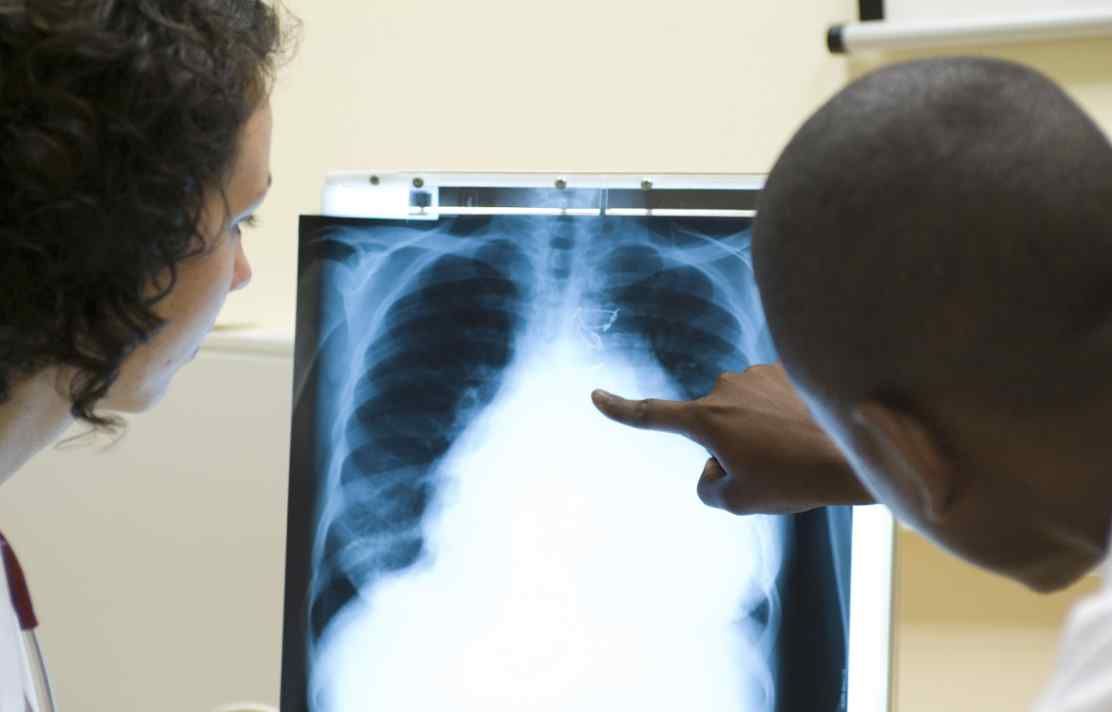BibTex format
@article{Lalvani:2015:10.1136/thoraxjnl-2014-206617,
author = {Lalvani, A and Pareek, M and Sridhar, S and Grass, L and Connell, D and Kon, OM},
doi = {10.1136/thoraxjnl-2014-206617},
journal = {Thorax},
pages = {1171--1180},
title = {Vitamin d deficiency and tuberculosis disease phenotype},
url = {http://dx.doi.org/10.1136/thoraxjnl-2014-206617},
volume = {70},
year = {2015}
}
